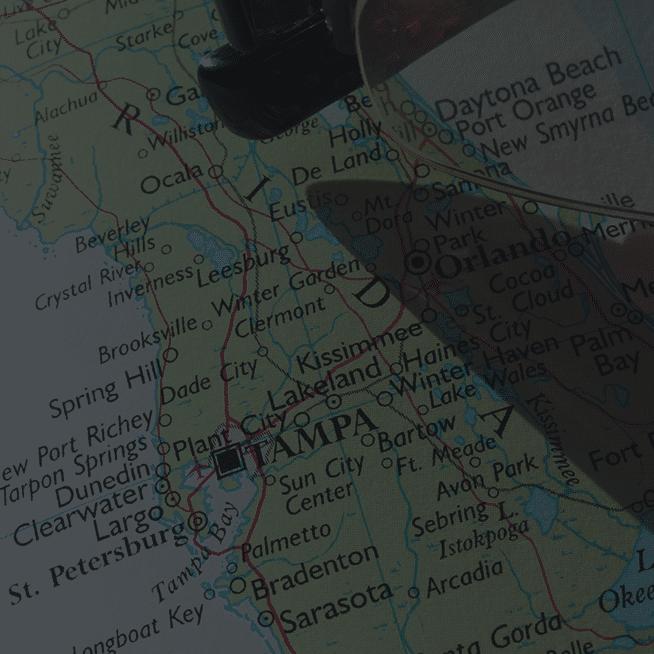

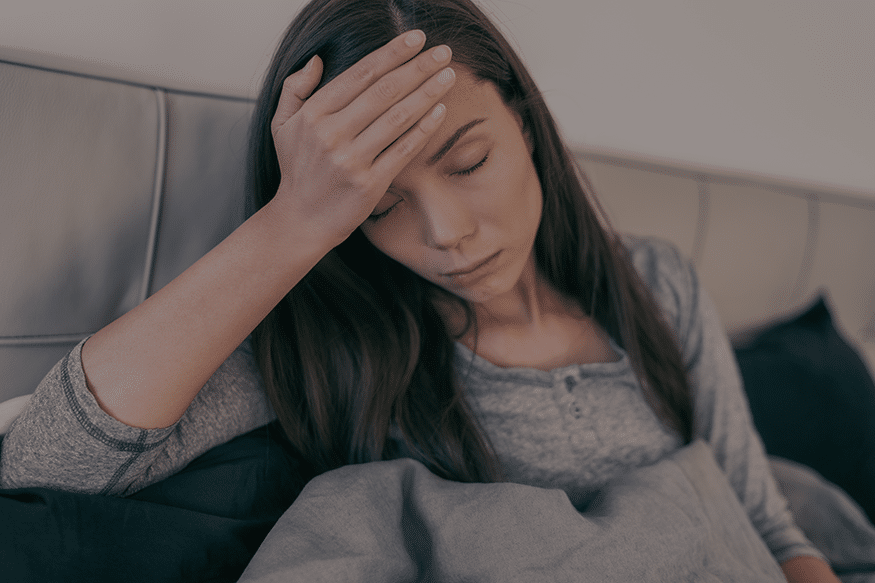
If you're recovering from a personal injury accident in Florida from someone else's negligence, medical malpractice, or a car accident, you're probably wondering how pain and suffering is calculated, especially in cases involving severe injuries.…
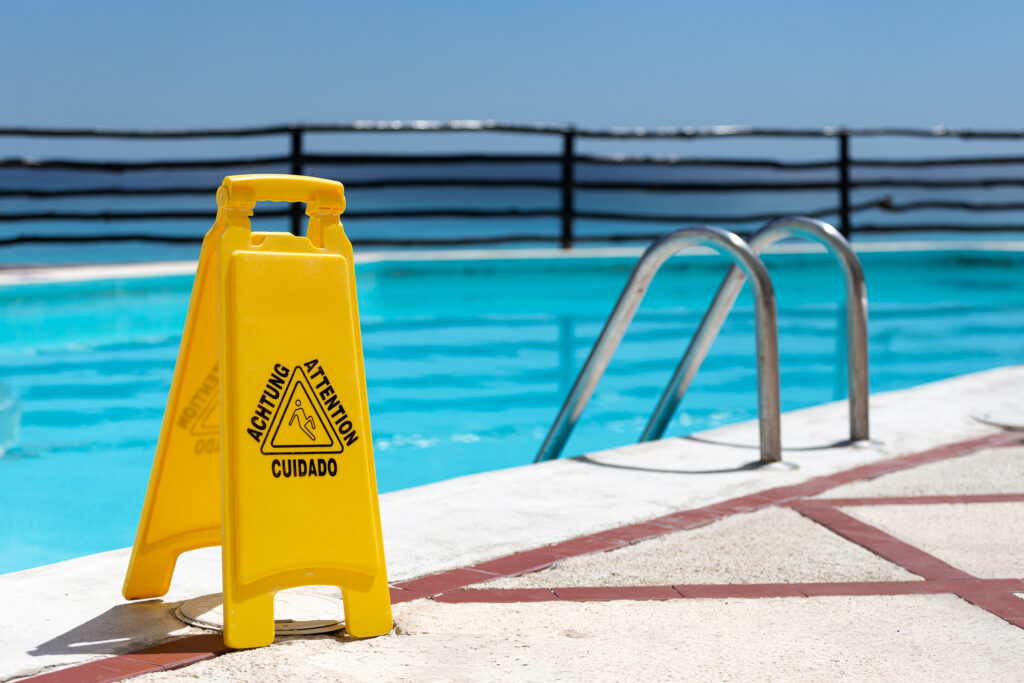
Know Your Rights After an Injury on Someone Else's Property Injuries happen. But when they happen on someone else’s property because of unsafe conditions, the legal question becomes: who is responsible? If you've slipped, tripped,…

Tampa’s vibrant neighborhoods and nightlife attract a lot of foot traffic and come with risks for pedestrians. As personal injury attorneys at KFB Law, we’ve seen firsthand the dangers posed by some of Tampa’s most…

Children standing with their parents waiting for the bus on the first day of school is a familiar scene throughout America. As the children get older, a different first day of school scene occurs as…

A serious car accident can be a traumatic experience, causing emotional as well as physical harm. Amputation of a limb, toe, or finger has to be one of the most traumatic injuries a driver or…
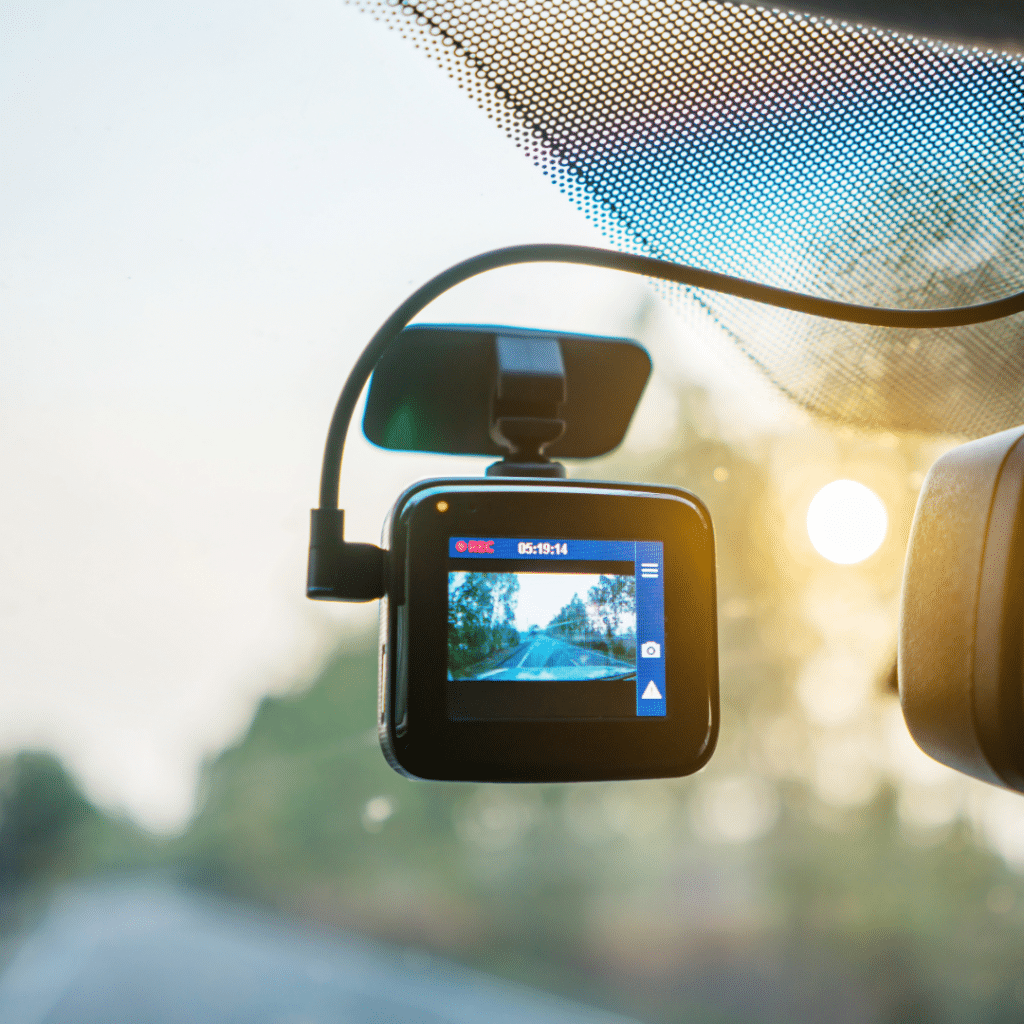
Dashcam footage captured by a camera mounted on a car’s dashboard or rearview mirror is more than a one or two-minute montage of car accidents and near misses posted on YouTube and other social media platforms.…
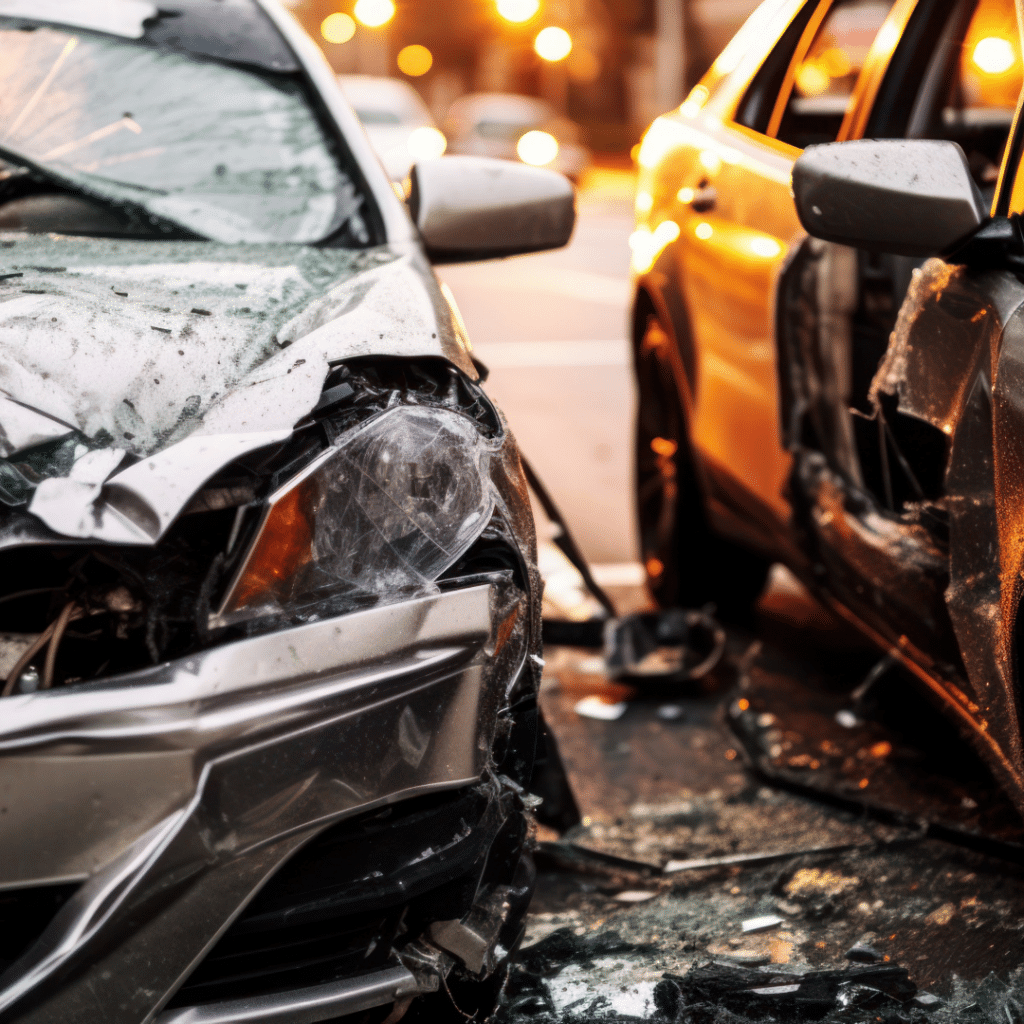
Most of the almost 395,000 accidents that happen each year on Florida roads can be attributed to speeding, driving while impaired, distracted driving, and other causes motorists are warned about by highway safety experts. If…
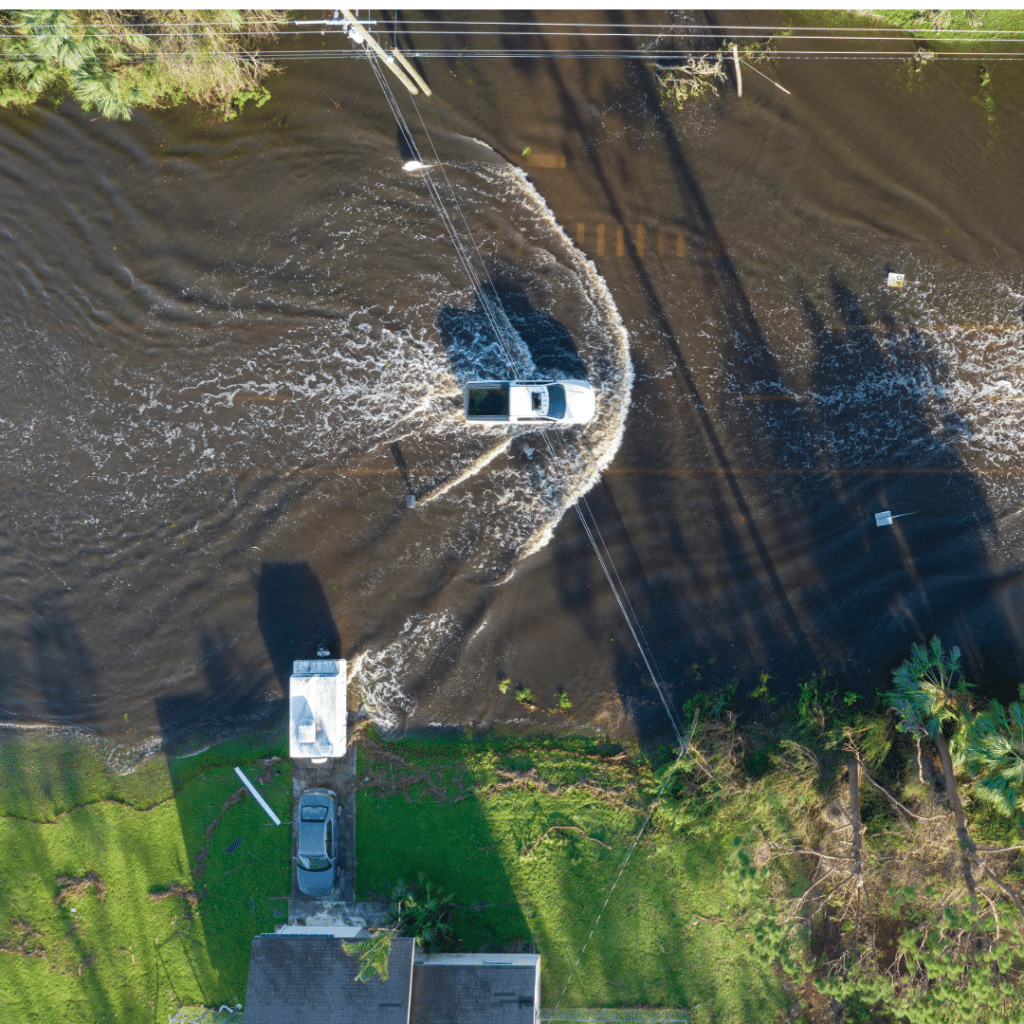
This spring’s annual prediction of storm activity was released in May by the National Oceanic and Atmospheric Administration. It should have people throughout Florida preparing for a busy hurricane season. NOAA predicts 2024 to be one…

A rental car can be a valuable convenience when away from home on vacation. However, renting a car brings uncertainty and stress about what to do in case of a rental car accident. What insurance…

There’s something special about the 4th of July that people look forward to with anticipation regardless of your plans for the day. You may enjoy relaxing on a sandy beach in Tampa Bay, barbecuing hot…

Turo, the car sharing service that many people call the “Airbnb of cars,” has arrived in Tampa. This means we can finally avoid the shuttle bus ride from the arrivals terminal at Tampa Airport to…
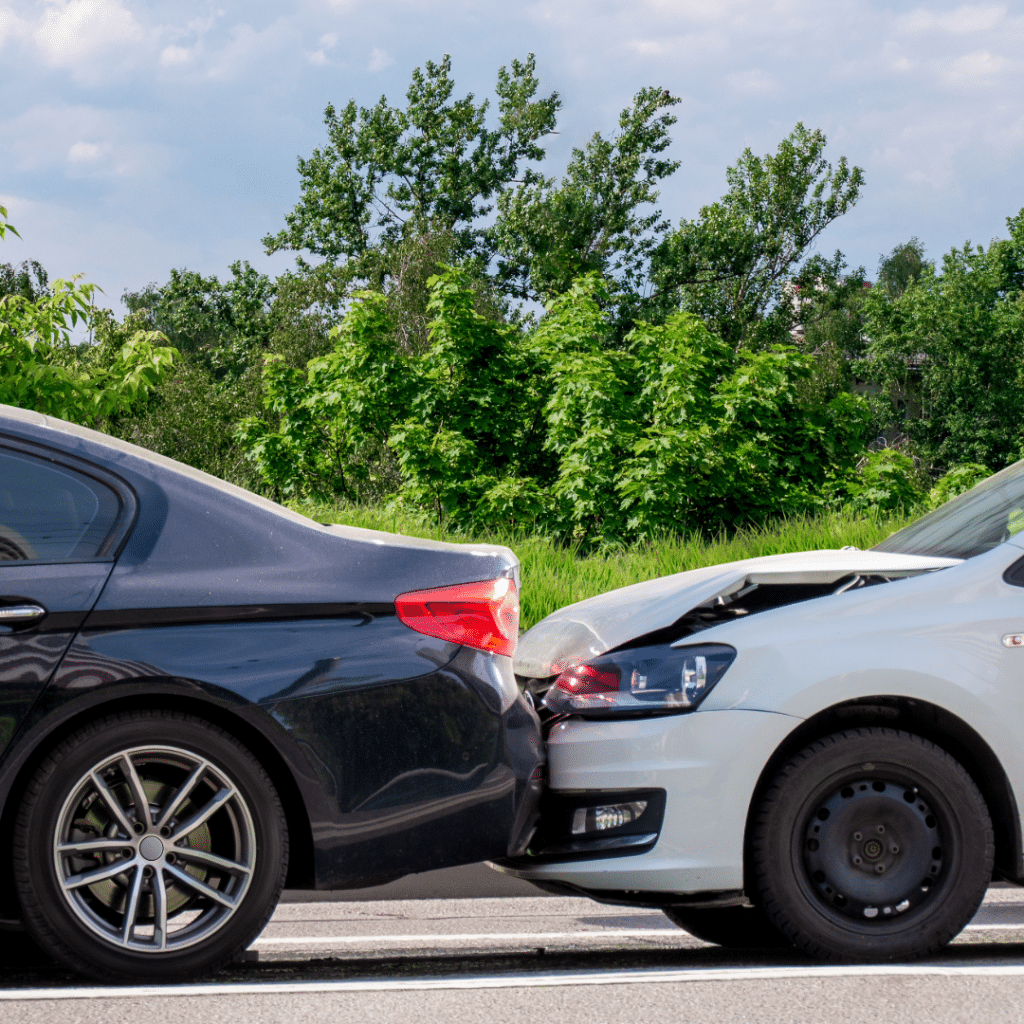
A lawyer for a minor car accident isn't needed, right? You may not think so. You feel okay and have no visible signs of an injury, but even minor collisions can cause severe and sometimes…

A car does not need to be your go-to means of transportation for the daily commute to work. Two national events remind us each year of alternative ways to accomplish daily commutes or errands around…

If you’re wondering why we put together a comprehensive explanation of Florida pedestrian laws, there are 10,281 reasons. There were 10,281 pedestrian accidents in the Sunshine State with 782 deaths and 8,125 people suffering injuries.…

If someone else's negligence injures you, personal injury law allows you to seek compensation from them. The liability insurance company of a reckless motorist or careless property owner isn't likely to hand over money easily…